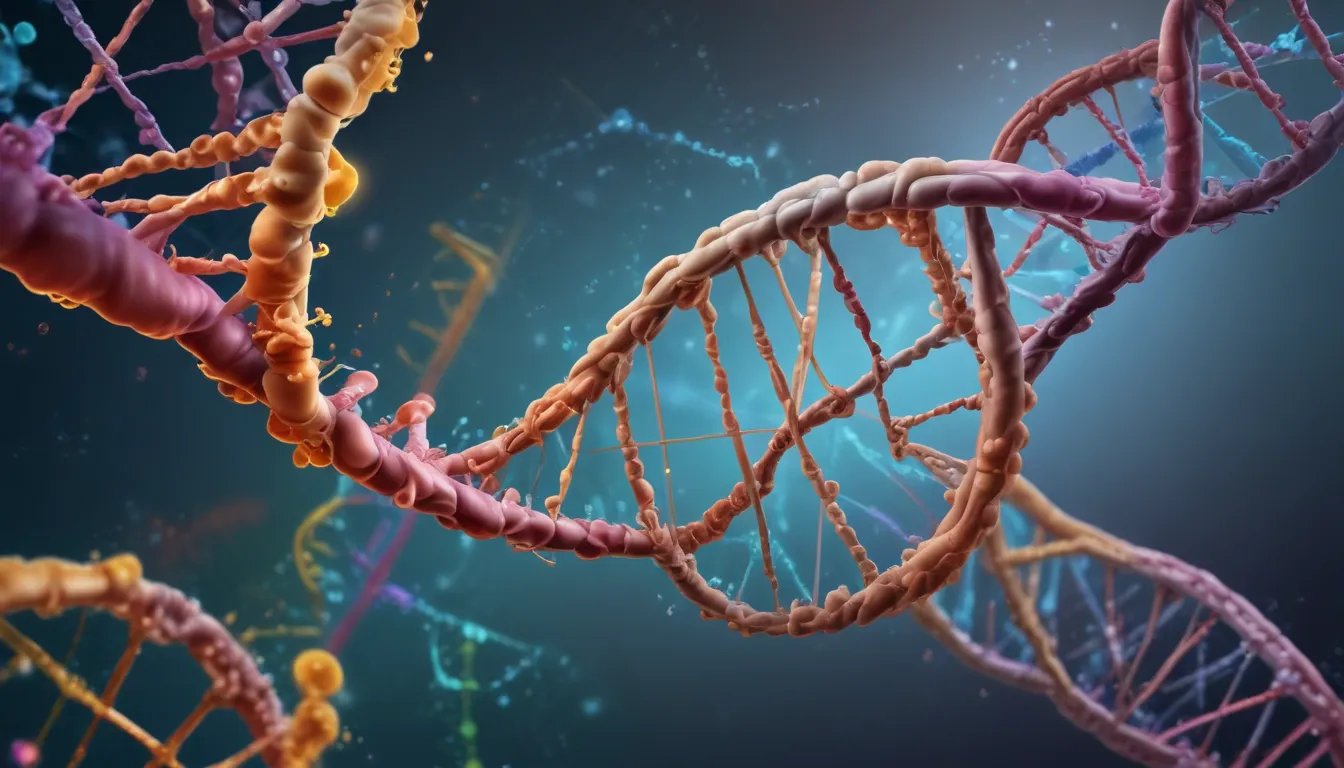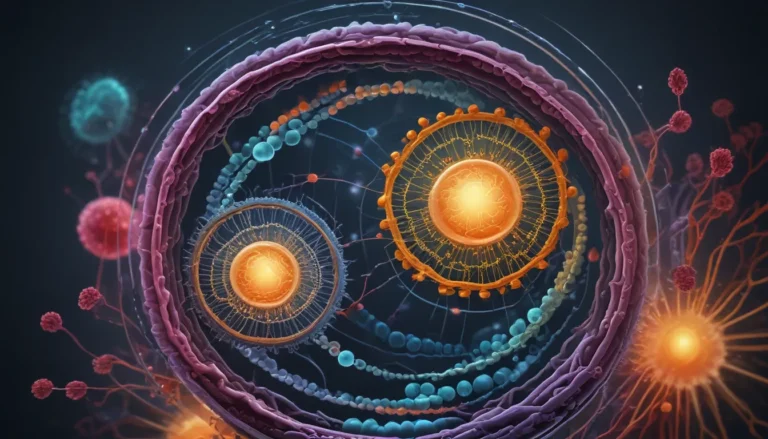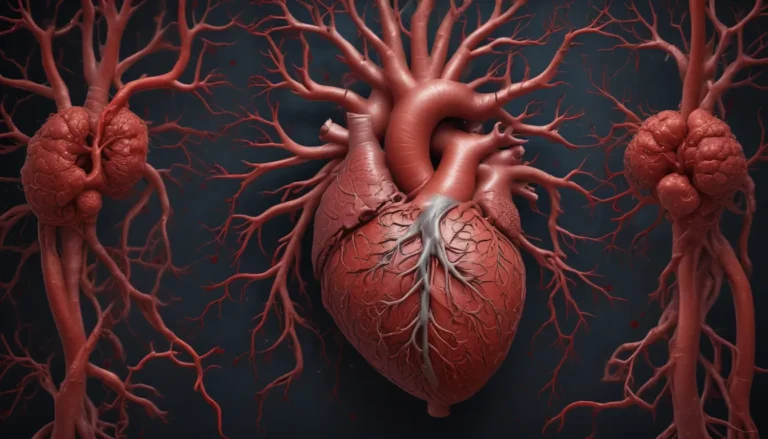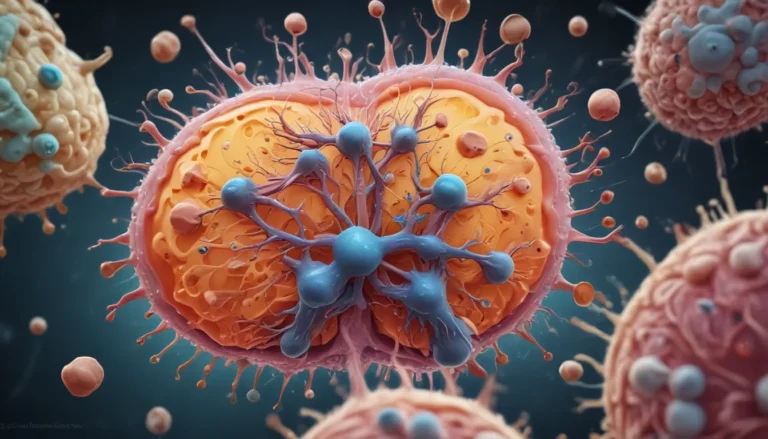A Note About Images: The images used in our articles are for illustration purposes only and may not exactly match the content. They are meant to engage readers, but the text should be relied upon for accurate information.
Are you ready to embark on a journey into the fascinating world of DNA translation? This essential biological process is the key to unlocking the secrets of genetic expression and protein synthesis. Join us as we delve into 11 enigmatic facts about DNA translation, revealing the intricate machinery that underpins life itself. From the fundamental stages of translation to the impact of errors on disease, we will explore the marvels of molecular biology and the crucial role of DNA translation in shaping living organisms.
Understanding the Significance of DNA Translation
DNA translation is a fundamental biological process that occurs in all living organisms. It is the mechanism by which the genetic information encoded in DNA is converted into functional proteins, the building blocks of life. This intricate process takes place in the ribosomes of the cell, where messenger RNA (mRNA) is decoded to assemble a specific sequence of amino acids, forming proteins essential for cellular function and survival.
The Universal Language of the Genetic Code
At the heart of DNA translation lies the genetic code, a specific sequence of nucleotides in DNA that guides the process of protein synthesis. This universal code ensures that the same codons specify the same amino acids in all organisms, highlighting the fundamental nature of DNA translation in the biological world. The remarkable consistency of the genetic code allows for the accurate translation of genetic information across different species, showcasing the precision of this essential process.
The Role of Transfer RNA (tRNA) in Protein Synthesis
Transfer RNA (tRNA) molecules play a crucial role in DNA translation by carrying specific amino acids to the ribosome for incorporation into the growing protein chain. Each tRNA molecule recognizes a specific codon on the mRNA through its anticodon sequence, ensuring the accurate placement of the corresponding amino acid. This process is essential for maintaining the fidelity of DNA translation and ensuring the production of functional proteins within the cell.
The Three Key Stages of DNA Translation
DNA translation occurs in three key stages: initiation, elongation, and termination. During initiation, the ribosome assembles around the mRNA to begin the process of protein synthesis. In the elongation stage, the ribosome moves along the mRNA, adding amino acids to the growing protein chain. Finally, termination signals the completion of protein synthesis, leading to the release of the newly formed protein from the ribosome. These distinct stages are tightly regulated to ensure the accurate and efficient production of proteins within the cell.
The Impact of Mutations on DNA Translation
Mutations in the DNA sequence can disrupt the process of DNA translation, leading to altered protein products with potential implications for cellular function and health. Point mutations, insertions, deletions, and other genetic alterations can result in the production of non-functional or abnormal proteins, highlighting the critical role of accurate genetic information transfer in maintaining cellular processes and overall organism health.
Unlocking the Secrets of Ribosomes
Ribosomes serve as the molecular machines of DNA translation, facilitating the accurate pairing of tRNA with mRNA codons and catalyzing the formation of peptide bonds between amino acids. These intricate structures drive the synthesis of proteins with remarkable precision and efficiency, underscoring their central role in maintaining cellular function and homeostasis.
The Influence of Regulatory Mechanisms on Translation
Regulatory mechanisms play a crucial role in controlling the rate and efficiency of DNA translation. By modulating mRNA stability and the activity of translation factors, cells can adjust protein synthesis in response to changing environmental conditions, developmental cues, and cellular demands. These regulatory networks ensure the coordinated expression of genes, maintaining the delicate balance of protein production within the cell.
DNA Translation and Gene Expression
DNA translation is essential for gene expression, enabling the conversion of genetic information into functional proteins that carry out diverse cellular functions. The precise orchestration of DNA translation contributes to the complexity and adaptability of living systems, highlighting the essential role of this process in shaping biological organisms’ traits and functions.
The Impact of Translation Errors on Disease
Errors in DNA translation, such as misincorporation of amino acids or production of aberrant proteins, can contribute to the development of various diseases. These errors may disrupt essential cellular processes, leading to functional impairments and disease phenotypes. Understanding the molecular mechanisms underlying translation errors is crucial for elucidating the pathogenesis of genetic disorders and developing therapeutic strategies to correct translation-related abnormalities.
The Influence of DNA Translation on Cellular Phenotypes
DNA translation influences cellular phenotypes by determining the repertoire of proteins synthesized within a cell. The dynamic regulation of translation rates and the specificity of protein synthesis contribute to the diverse functional properties exhibited by different cell types and tissues. The interplay between DNA translation and cellular phenotypes shapes the characteristics and behaviors of living cells, highlighting the central role of translational control in cellular function.
Driving Scientific Innovation Through Understanding DNA Translation
Advancements in understanding DNA translation have fueled scientific innovation across various fields, including molecular biology, genetics, and biotechnology. The exploration of complex translational mechanisms and the development of tools for studying translation have expanded our knowledge of cellular processes and opened new avenues for therapeutic interventions. As we continue to unravel the mysteries of DNA translation, groundbreaking discoveries and technological advancements will shape our understanding of biological systems and their applications in medicine and biotechnology.
Conclusion
In conclusion, DNA translation is a marvel of biological processes, essential for the synthesis of proteins that drive life itself. The precision and complexity of this process underscore the awe-inspiring nature of genetic expression and protein synthesis. As we deepen our understanding of DNA translation, we pave the way for groundbreaking advancements in medicine, biotechnology, and beyond. Join us on this journey of exploration and discovery as we unravel the enigmatic world of DNA translation and its profound impact on living organisms.
FAQs
What is the significance of DNA translation?
DNA translation plays a crucial role in protein synthesis, essential for the functioning and development of living organisms. It bridges the gap between genetic information encoded in DNA and the production of proteins that perform vital functions within the body.
How does DNA translation differ from transcription?
While DNA translation involves converting mRNA into proteins at the ribosomes, transcription is the process of creating an RNA copy from a DNA template. Transcription produces mRNA, which is then used in translation to synthesize proteins.
Unraveling the mysteries of DNA translation is just the beginning of your journey into the world of molecular biology. Explore the foundations of proteins, the intricacies of protein synthesis, and the interconnected nature of DNA, RNA, and proteins. Join us in this captivating exploration of the microscopic world within us, and discover the wonders that make life possible.
Was this page helpful?
Our dedication to delivering accurate and engaging content drives our commitment to excellence. Each fact on this site is contributed by users like you, ensuring a wealth of diverse insights and information. Our dedicated editors rigorously review each submission to uphold the highest standards of accuracy and reliability. Trust in our commitment to quality and authenticity as you delve into the fascinating world of DNA translation and beyond.






